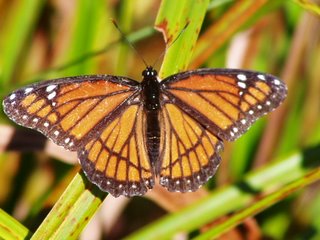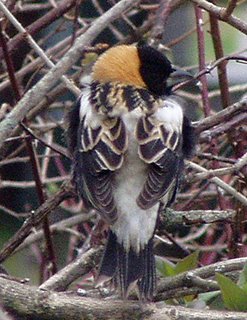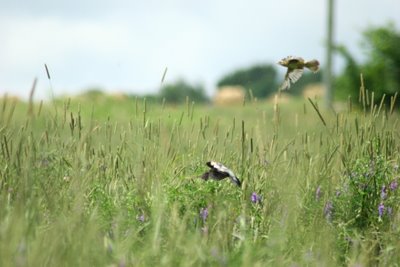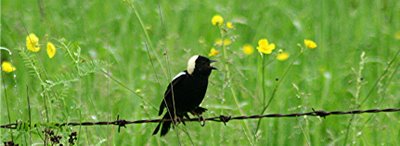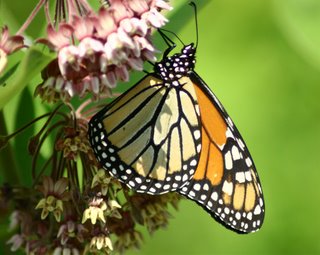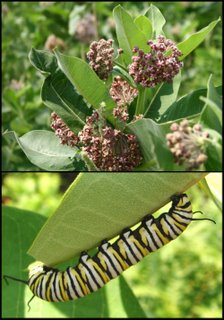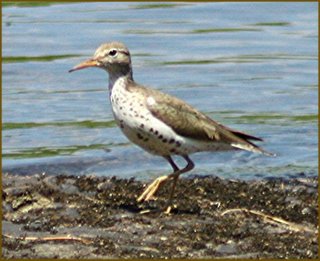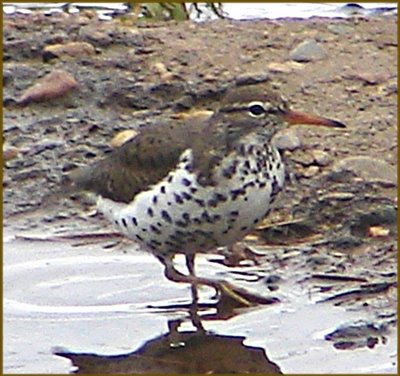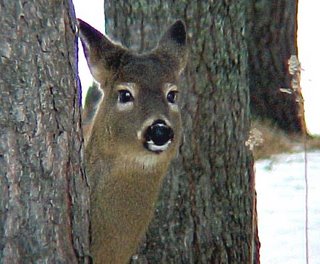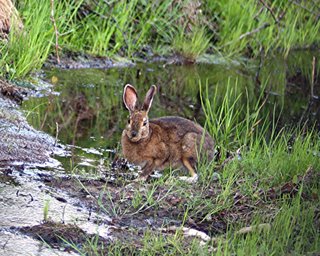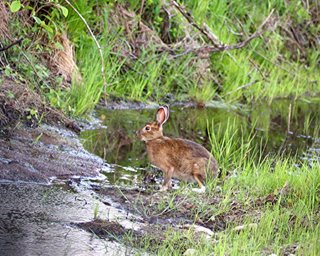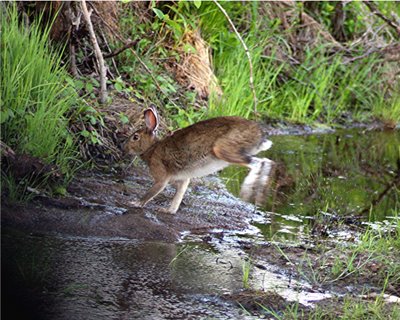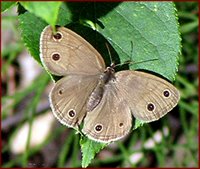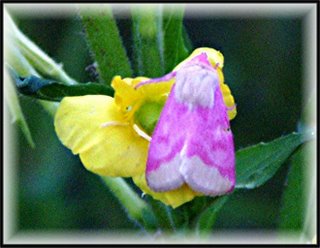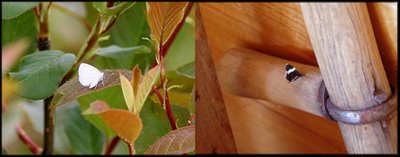 Nature always has fascinating surprises in store and sometimes I just laugh out loud when I am suddenly presented with one. And that's what I did when I first saw the White-Marked Tussock Moth Caterpillar. It looked something like a walking toothbrush that was badly in need of replacement.
Nature always has fascinating surprises in store and sometimes I just laugh out loud when I am suddenly presented with one. And that's what I did when I first saw the White-Marked Tussock Moth Caterpillar. It looked something like a walking toothbrush that was badly in need of replacement.
Vincent Van Gogh often comes to mind when I see some of these surprisingly vividly coloured creatures (such as the red, yellow and orange of Painted Turtles) and now I would add the White- Marked Tussock Moth Caterpillar to my list for the yellow and reds of this creature are fascinating! Some of these caterpillars have yellow tufts instead of white. I have seen two in our yard within the past two days; one
 with yellow tufts and the other with whitish beige ones.
with yellow tufts and the other with whitish beige ones. I have recently identified another Tussock caterpillar which I have had in my picture files since 2001 and that is the Spotted Tussock Moth. Although not classified in the same family as the White- Marked Tussock, it presents an attractive colour and design of its own and it has been one of my favourite caterpillar photos.
I have recently identified another Tussock caterpillar which I have had in my picture files since 2001 and that is the Spotted Tussock Moth. Although not classified in the same family as the White- Marked Tussock, it presents an attractive colour and design of its own and it has been one of my favourite caterpillar photos. To the left is a Banded Tussock Moth. When retriving this photo from my picture files I realized I hadn't actually looked at it carefully before and had assumed it was a Yellow Bear until examining it closely today.
To the left is a Banded Tussock Moth. When retriving this photo from my picture files I realized I hadn't actually looked at it carefully before and had assumed it was a Yellow Bear until examining it closely today.As a child, probably the only caterpillars I had noticed or could identify were Wooly Bear and Yellow Bear. Even today their names evoke a childhood recall of familiarity.
Wooly Bear, seen below in orange and brown, becomes an Isabella Tiger Moth and Yellow Bear, which looks much like Wooly Bear but is yellow, turns into a Virginian Tiger Moth.



